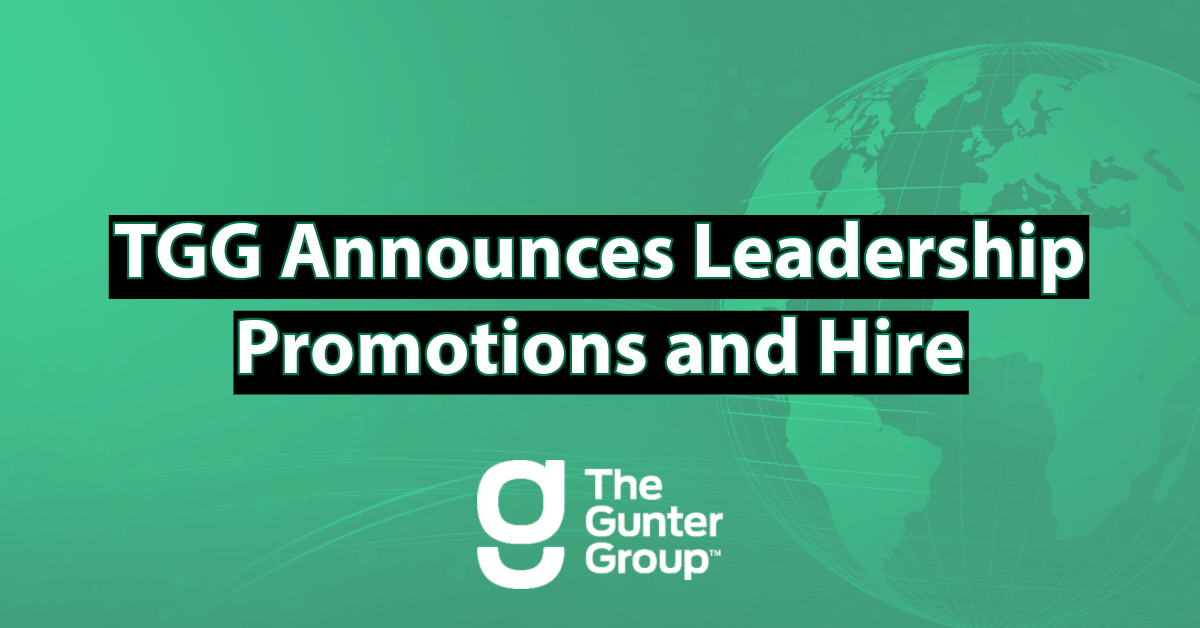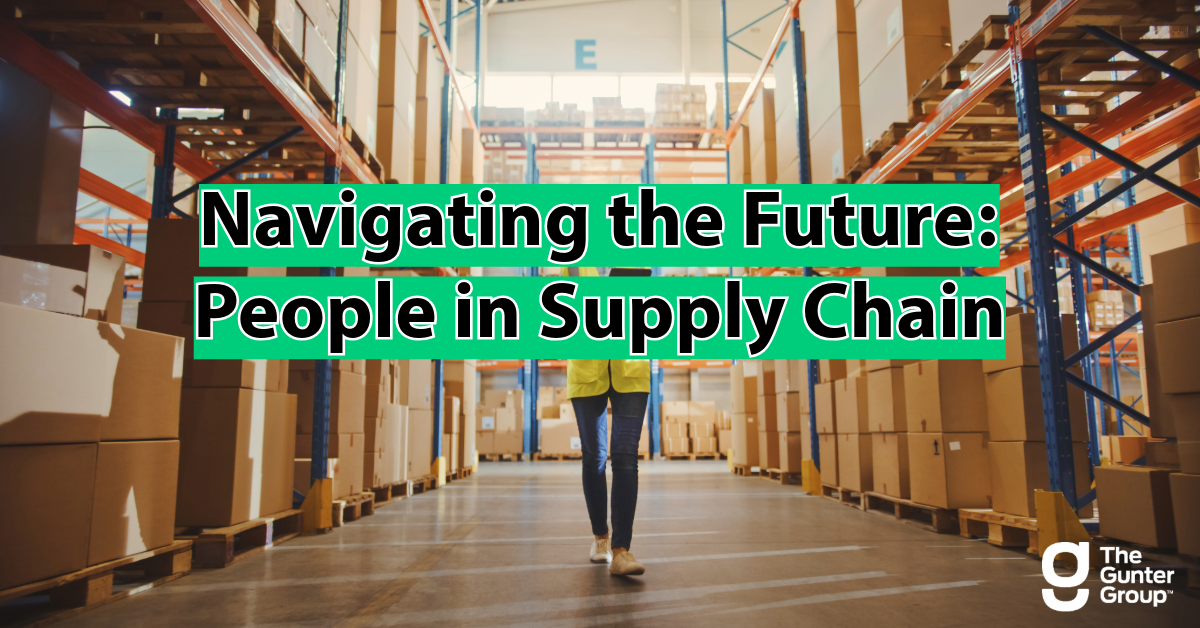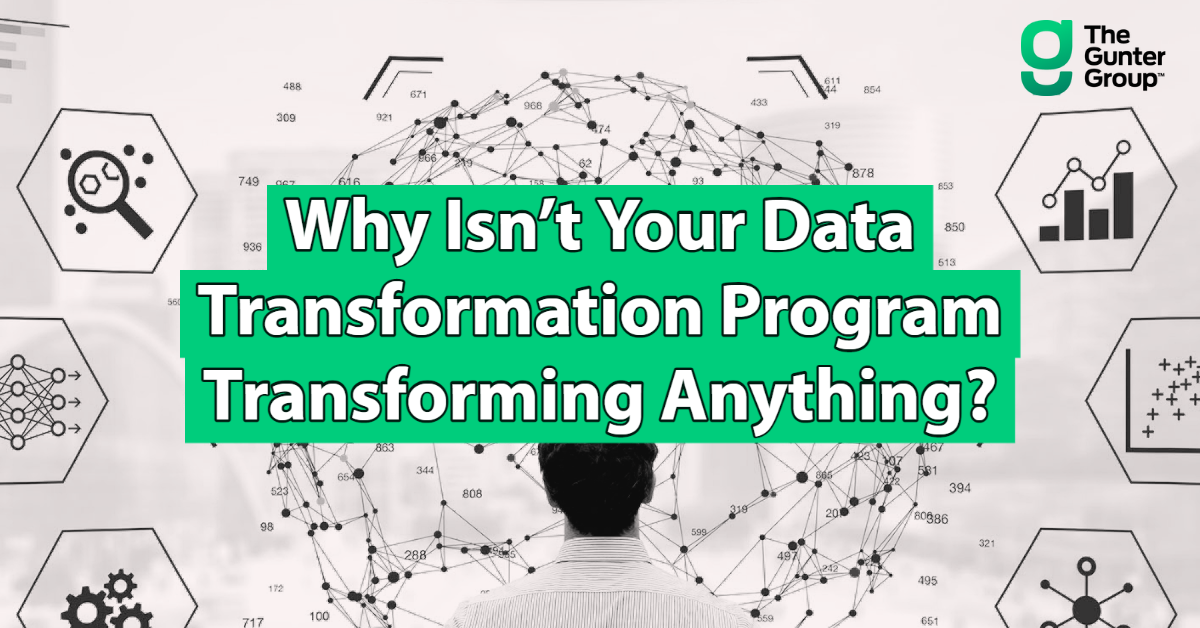“What made you start your own consulting firm?” I’ve been asked that question many times. And the honest answer has less to do with ambition and more to do with conviction and philosophy. By 2011 and after almost 20 years in consulting—across different firms, industries, cities, and clients—I had developed a strong point of view […]
Tag Archives: People
Navigate Change Like a Pro: Your Guide to Building a High-Impact CMO
Change is inevitable, whether it’s implementing new technologies, building new processes, or planning for a new organizational design. But how can you navigate change smoothly and effectively? That’s where a well-structured Change Management Office (CMO) comes in. A CMO is more than just a team of experts in change; it’s a central hub in your […]
TGG in the News: Global Banking & Finance
Stephen Bacon, Principal and strategy leader at TGG, shares three key strategies for financial services firms to adapt their workforce to the transformative impact of AI. In this article published in Global Banking & Finance, learn how to embrace automation, focus on outcomes, and hire for future capabilities.
Navigating the Future: Supply Chain Resiliency
In a world of constant change, supply chains face unprecedented challenges. Building resilience has become essential for businesses to adapt and thrive. In this article we explore key strategies—like integration, partnerships, and risk management—to help organizations navigate complexity and ensure continuity in an unpredictable environment.
TGG Announces Leadership Promotions and Hire
In this special announcement, Founders Mike and Ashleigh Gunter celebrate TGG’s recent leadership promotions and hire that position TGG for continued growth and success. Learn about the members of TGG’s Leadership Team and the firm’s ongoing commitment to driving excellence and delivering exceptional value to its clients.
Navigating the Future: People in Supply Chain
Preparing your workforce is key to successful supply chain transformations. In this post, we explore workforce planning, global talent management, change implementation, and strategies to build a resilient supply chain for the future.
DOES TRANSFORMATION HAVE TO BE TRANSFORMATIONAL?
TGG’s Danny Quarrell explores how a mix of enablement projects alongside your game changing Transformational projects are key to a healthy Actuarial Transformation Program.
DON’T LET TECH DEBT STAND IN THE WAY OF DATA-DRIVEN INSIGHT
Matt Jamison, Principal Consultant and Service Leader for TGG’s Technology Practice, shares strategies to mitigate tech debt and use your data to its fullest potential.
WHY ISN’T YOUR DATA TRANSFORMATION PROGRAM TRANSFORMING ANYTHING?
Matt Jamison, Principal Consultant and Service Leader for TGG’s Technology Practice, explains TGG’s unique approach to Technology work and explores current industry trends.








